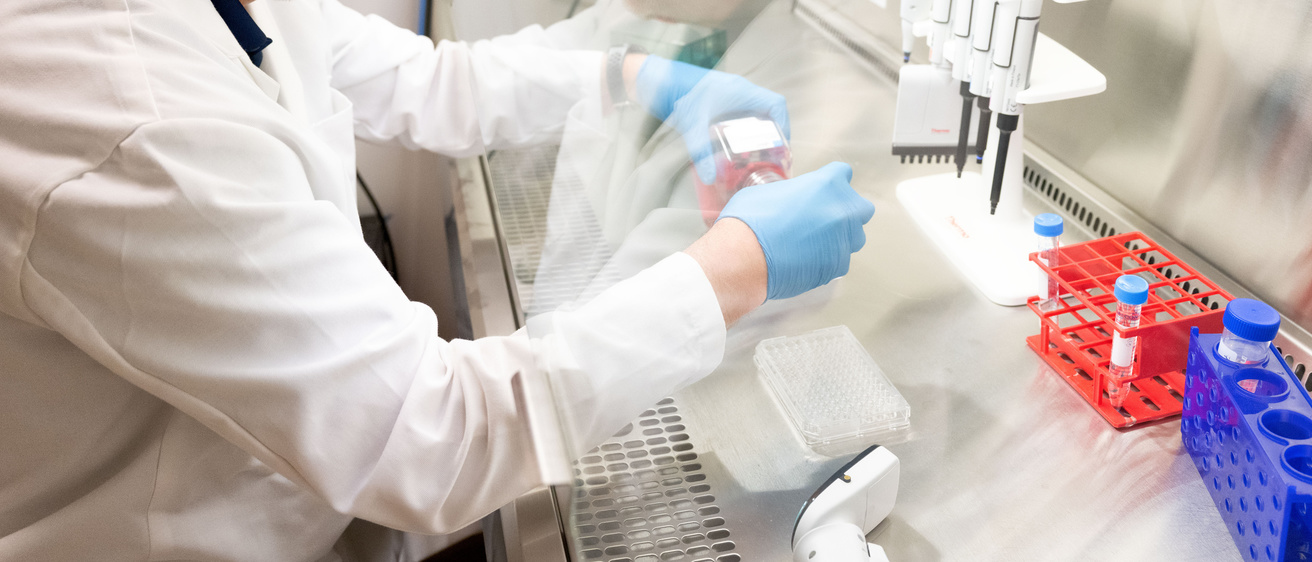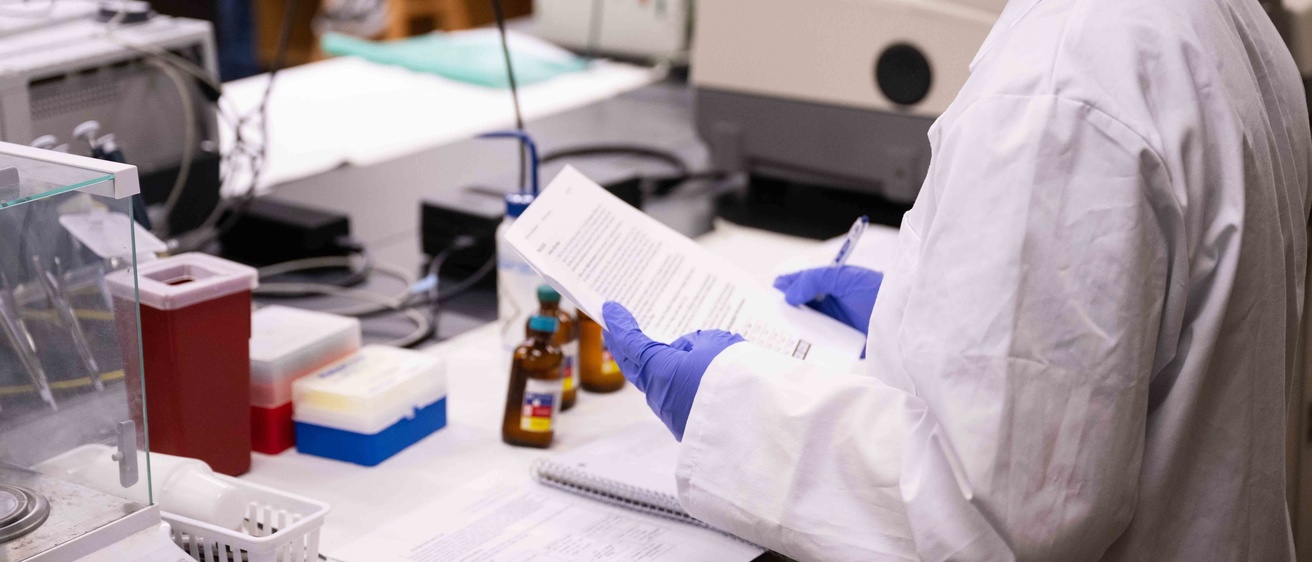The Buchakjian Lab is interested in better understanding how to predict and treat recurrence in oral cavity squamous cell carcinoma. Oral cavity squamous cell carcinoma is the most common type of cancer affecting the head and neck, and treatment involves aggressive surgery and frequently radiation. Despite treatment, one-third of patients will recur. We are particularly interested in studying how epithelial-mesenchymal transition plays a role in invasion and recurrence, and how this cellular program interplays with metabolism as well as paracrine crosstalk.
Novel EMT Model System
Our lab is studying the unique genotypic and phenotypic characteristics of epithelial and mesenchymal oral cavity squamous cell carcinoma subpopulations.
Our goals are to describe the distinct patterns of invasion and treatment response differences between these subpopulations, and to use informed genomic data to better understand the driving mechanisms. To reach these goals we are performing in vitro studies, in vivo mouse model experiments, and translational spatial transcriptomics studies.

Metabolic phenotypes in oral cavity squamous cell carcinoma
Our lab is using out EMT model system to better understand how cells utilize metabolism to support invasion. We are performing RNA sequencing and metabolomic analysis and focusing primarily on glycolysis and fatty acid regulation.
Our goals are to understand how epithelial and mesenchymal cancer cells utilize metabolism differently in order to screen potential metabolic treatments to target invasion.

EMT and perineural invasion
We are interested in the interplay between epithelial and mesenchymal oral cavity squamous cell carcinoma phenotypes and the phenomenon of perineural invasion. We are studying how these cell populations interact with trigeminal nerve primary cultures, and in turn how nerves branch and behave differently in response to chemokines.
Our goals are to learn how we might more specifically target perineural invasion to improve patient outcomes.

